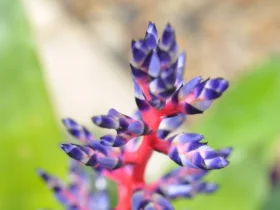When it comes to humble yet remarkable flowers, the dandelion (Taraxacum officinale) deserves special recognition. Often dismissed as a pesky weed, this resilient and versatile plant has a fascinating story to tell. In this article, we will explore the captivating world of the dandelion flower, delving into its appearance, life cycle, medicinal uses, and the profound symbolism it holds in our lives.
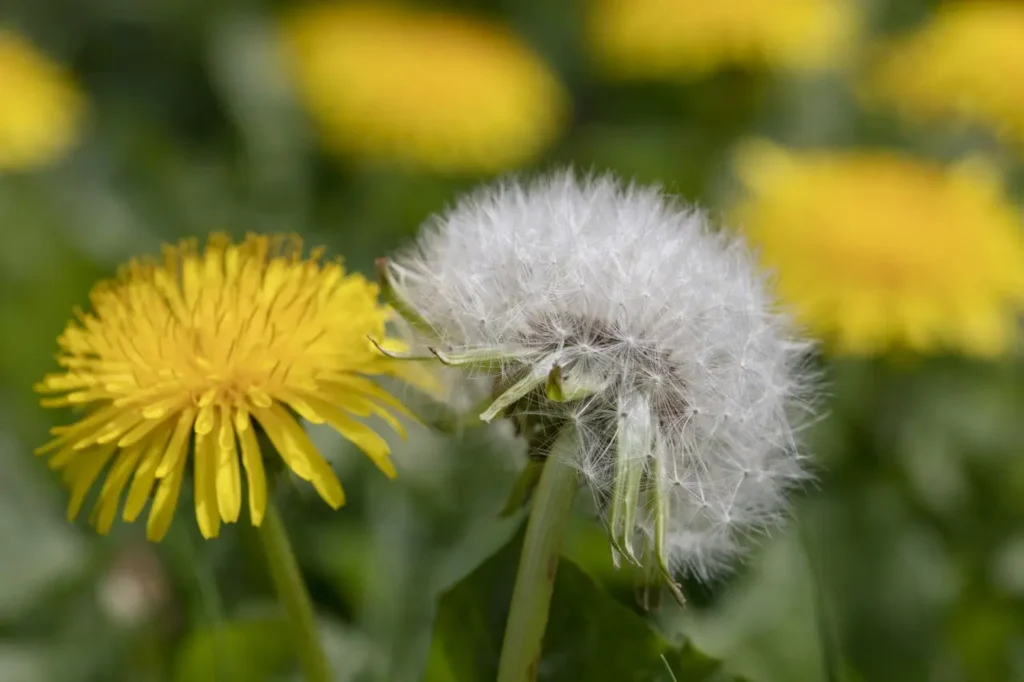
Appearance and Life Cycle
The dandelion is a perennial herbaceous plant that produces a vibrant yellow flower head atop a hollow stem. Its flower head consists of numerous tiny petals arranged in a characteristic composite form, resembling a miniature sun. As the flower matures, it transforms into the familiar white puffball of feathery seeds, which disperse with the gentlest breeze, ensuring the plant’s propagation. The resilience and adaptability of dandelions are evident in their ability to thrive in a wide range of environments, from lawns to meadows and even cracks in pavement.
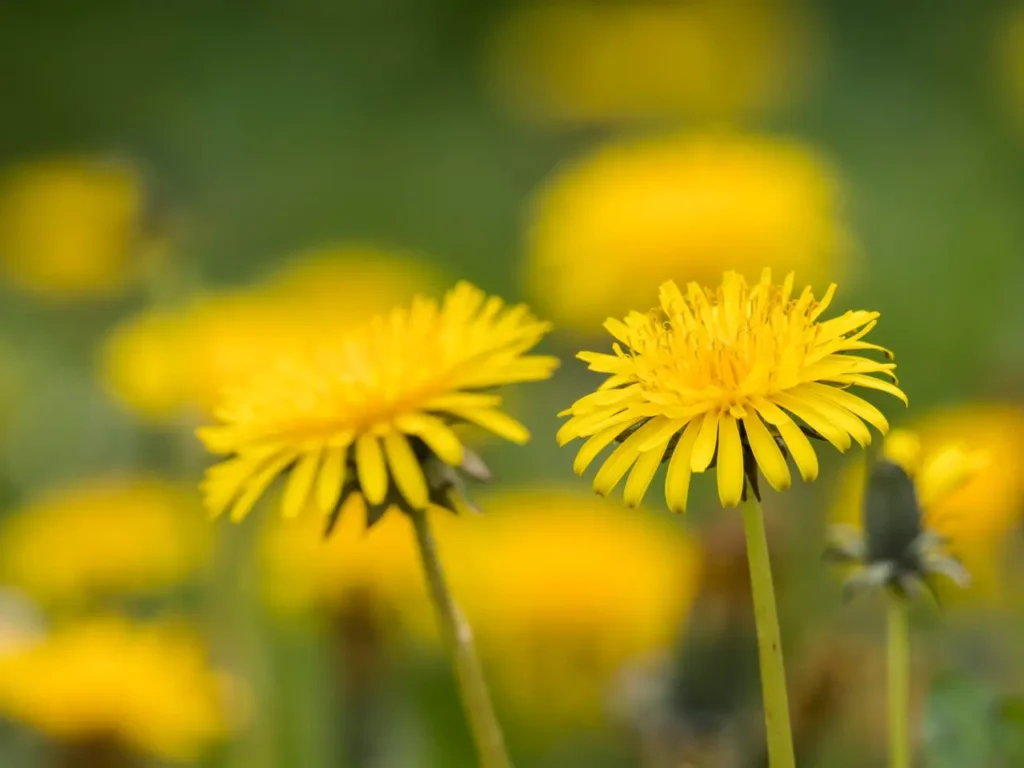
Medicinal and Culinary Uses
While many view dandelions as pesky weeds, they possess remarkable medicinal properties and culinary potential. Traditionally, dandelion roots, leaves, and flowers have been used in various herbal remedies and traditional medicine practices. The plant is known for its diuretic properties, aiding in kidney health and detoxification. Dandelion greens, when harvested young, can be added to salads, providing a refreshing bitterness and a rich source of vitamins and minerals. Dandelion roots have also been roasted and used as a caffeine-free coffee substitute, offering a unique and earthy flavor.
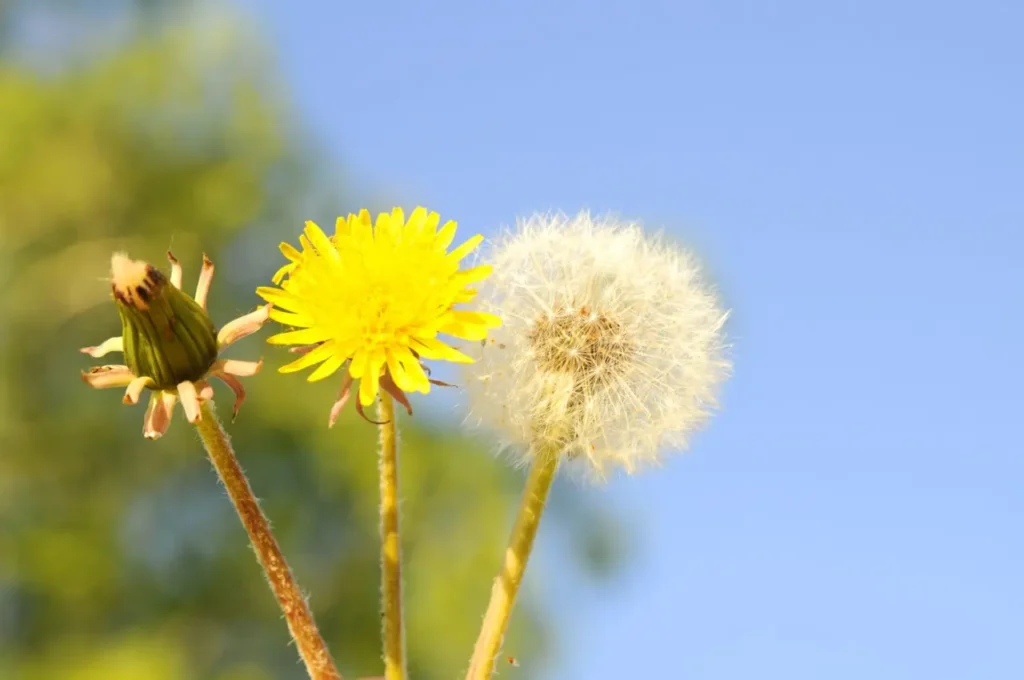
Symbolism and Cultural Significance
The dandelion flower carries profound symbolism across different cultures and societies. Its resilience and ability to flourish in adverse conditions have made it a symbol of perseverance and survival. The act of blowing the matured dandelion puffball to scatter its seeds is often associated with making wishes or sending one’s hopes and dreams into the world. In this sense, dandelions remind us of the importance of embracing change, adapting to challenges, and finding beauty in unexpected places.
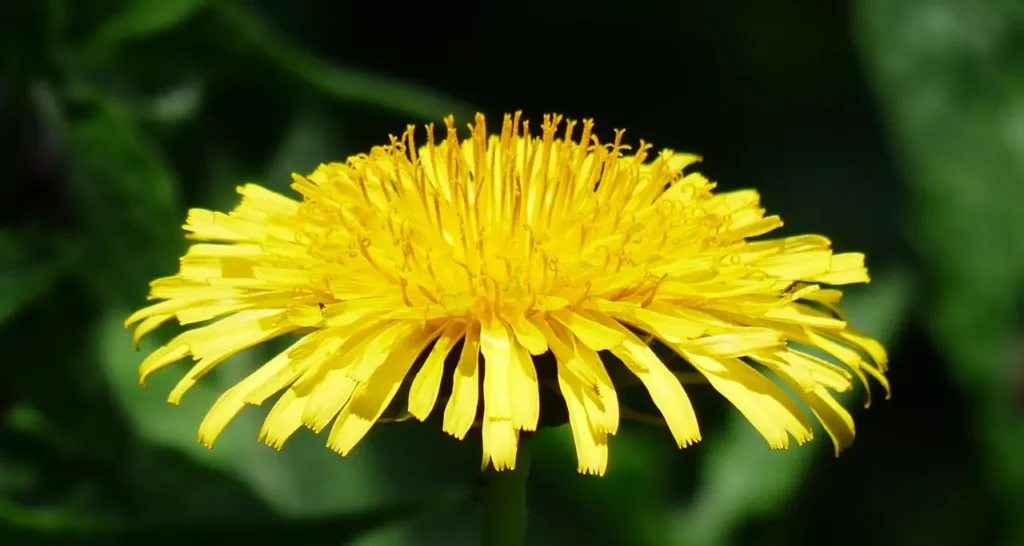
Environmental Benefits
Dandelions, often seen as lawn invaders, play a crucial role in supporting biodiversity and environmental health. Their bright yellow flowers serve as a vital nectar source for bees, butterflies, and other pollinators. Additionally, dandelions have deep taproots that help break up compacted soil, improving drainage and nutrient absorption. They also act as indicators of soil conditions, revealing the presence of specific nutrients or imbalances. Embracing dandelions as part of our natural landscapes can contribute to the overall health and vitality of ecosystems.
Children’s Fascination and Playfulness
The whimsical nature of dandelions captures the imagination of children. The joy of plucking the matured puffball and watching the seeds scatter in the wind has long been a cherished childhood pastime. Dandelions serve as a gateway to nature, teaching children about plant life cycles, the beauty of the natural world, and the importance of conservation.
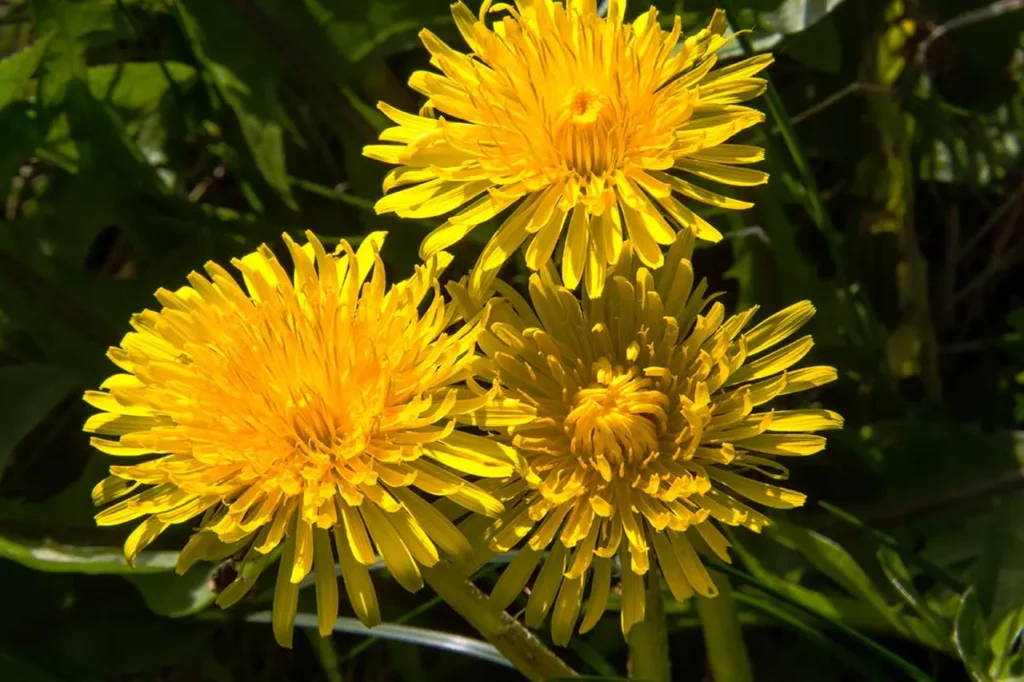
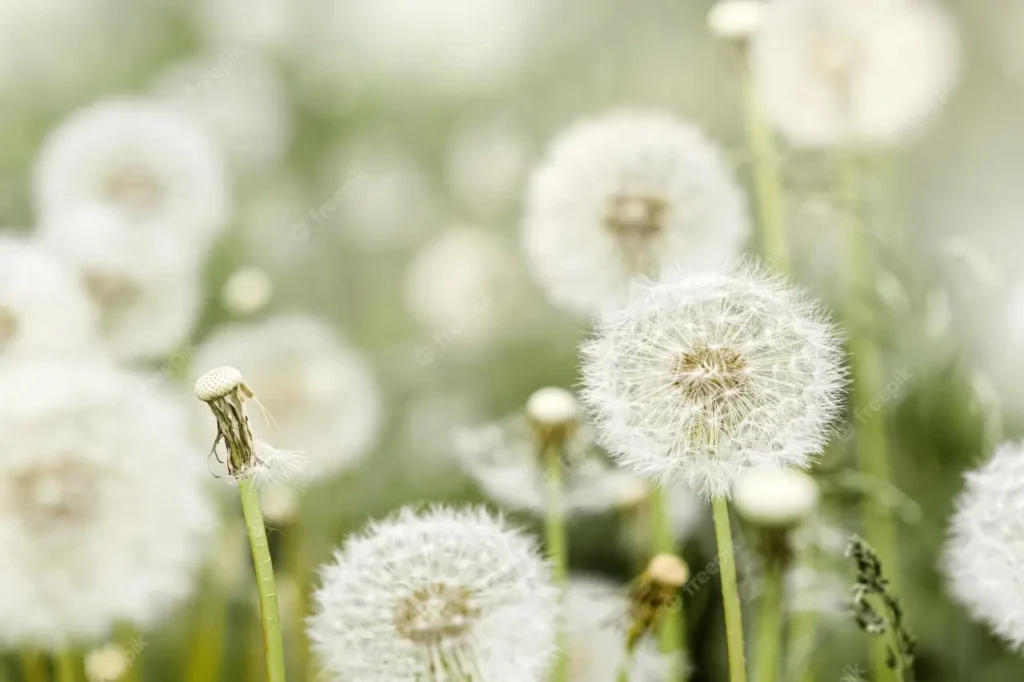

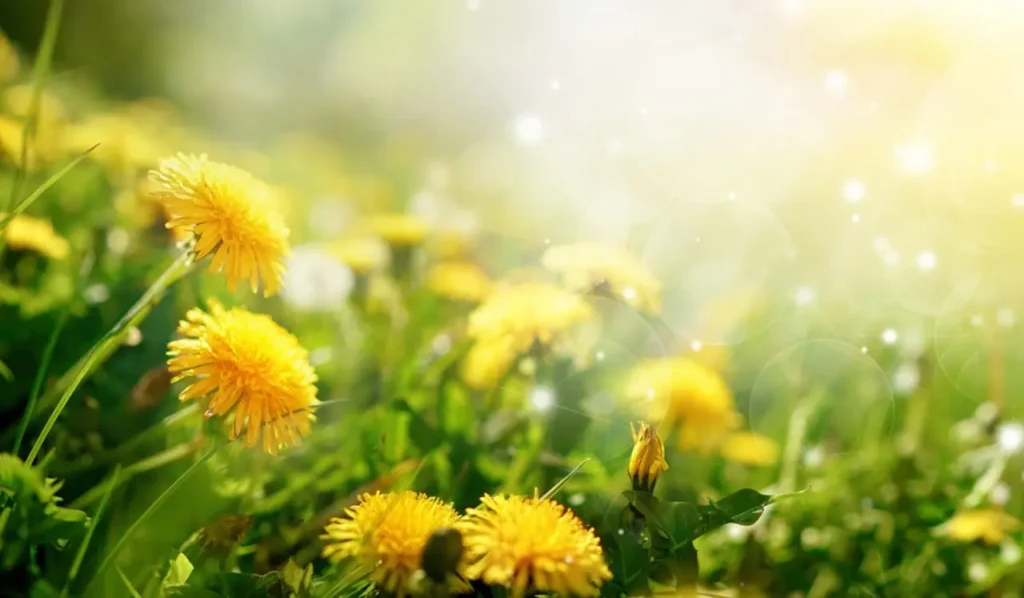
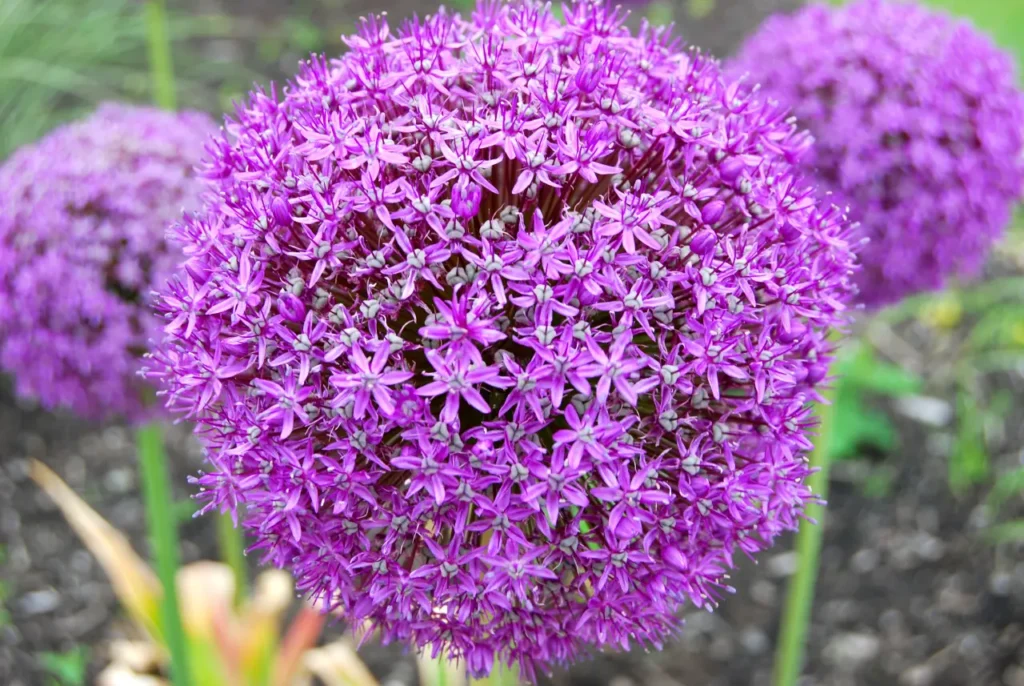
The dandelion flower, often overlooked and misunderstood, offers a wealth of beauty, resilience, and practical uses. Its vibrant yellow petals, transformative life cycle, and symbolic significance remind us of the strength found in the simplest things. Whether we admire its tenacity, utilize its medicinal properties, or delight in childhood memories of making wishes, the dandelion serves as a humble reminder of the inherent beauty and adaptability of nature.
